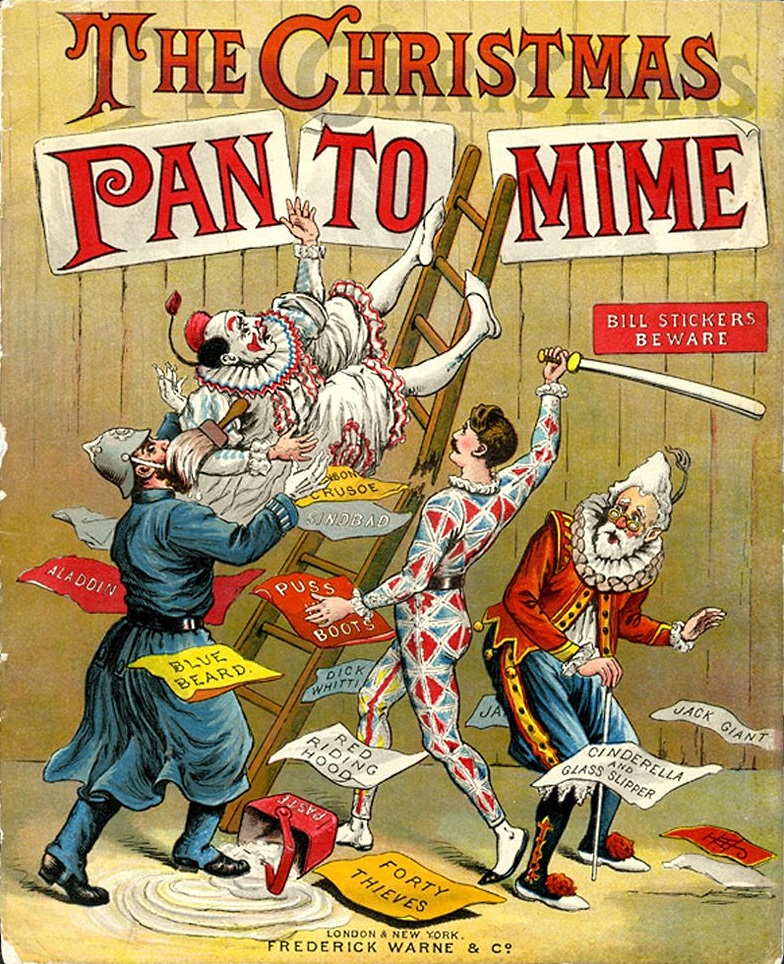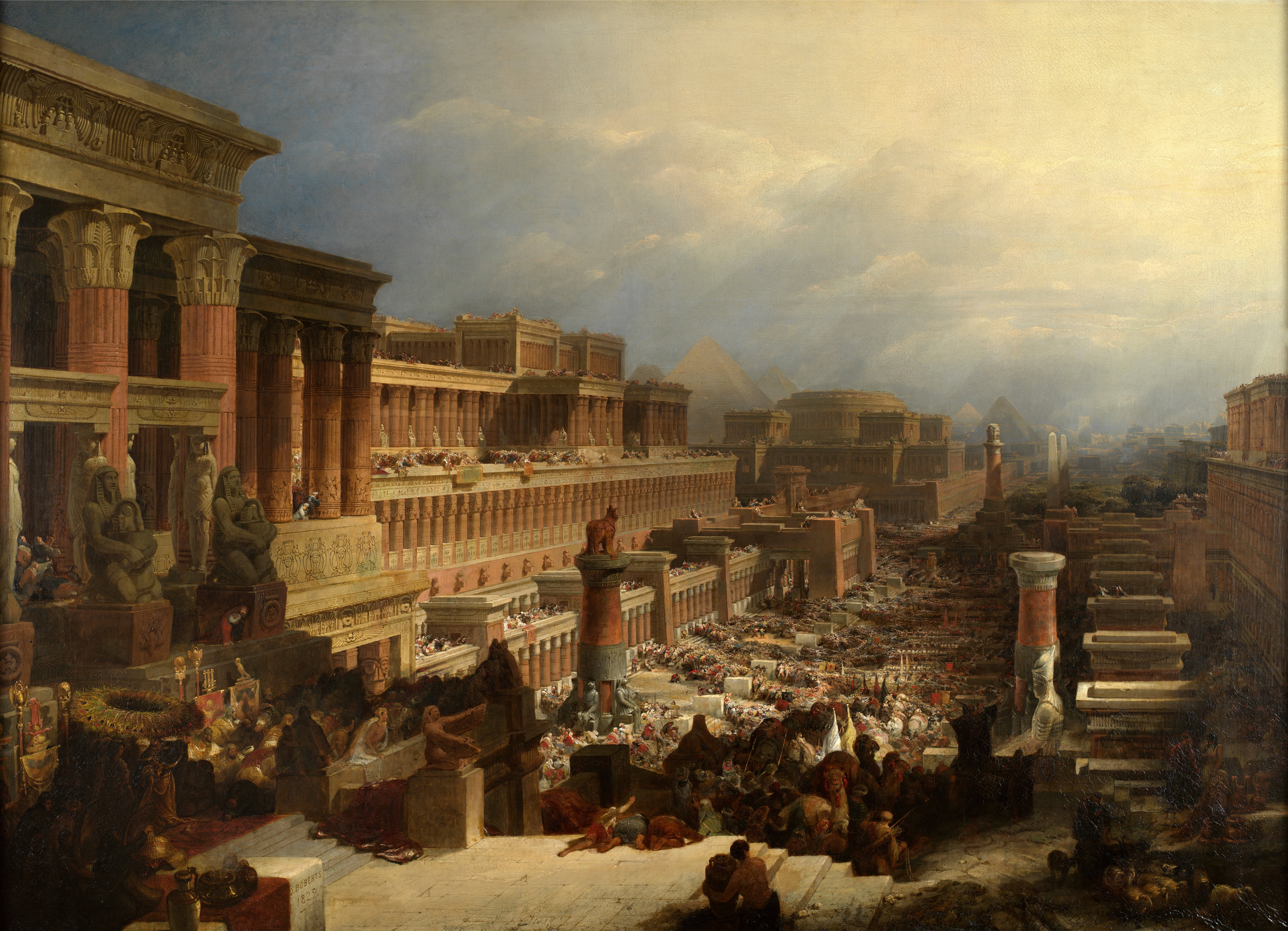|
Henry Carey (composer)
Henry Carey (c. 26 August 1687 – 5 October 1743) was an English poet, dramatist and composer. He is remembered as an anti-Robert Walpole, Walpolean satirist and also as a patriot. Several of his melodies continue to be sung today, and he was widely praised in the generation after his death. Because he worked in anonymity, selling his own compositions to others to pass off as their own, contemporary scholarship can only be certain of some of his poetry, and a great deal of the music he composed was written for theatrical incidental music. However, under his own name and hand, he was a prolific songwriter and balladeer, and he wrote the lyrics for almost all of these songs. Further, he wrote numerous operas and plays. His life is illustrative of the professional author in the early 18th century. Without inheritance or title or governmental position, he wrote for all of the remunerative venues, and yet he also kept his own political point of view and was able to score signi ... [...More Info...] [...Related Items...] OR: [Wikipedia] [Google] [Baidu] |
Henry Carey
Henry Carey may refer to: *Henry Carey, 1st Baron Hunsdon (1526–1596), politician, general, and potential illegitimate son of Henry VIII *Henry Carey, 1st Earl of Dover (1580–1666), English peer *Henry Carey, 2nd Earl of Monmouth (1596–1661), English nobleman *Henry Carey (died 1581), MP for Buckingham (UK Parliament constituency), Buckingham and Berwick-upon-Tweed *Henry Carey (writer) (1687–1743), dramatist and songwriter *Henry Charles Carey (1793–1879), American economist *Henry Ernest Carey (1874–1964), British-born Australian public servant See also *Henry Cary (other) *Harry Carey (other) *Harry Caray (1914–1998), broadcaster {{human name disambiguation, name=Carey, Henry ... [...More Info...] [...Related Items...] OR: [Wikipedia] [Google] [Baidu] |
British Whig Party
The Whigs were a political party in the Parliaments of England, Scotland, Ireland, Great Britain and the United Kingdom. Between the 1680s and the 1850s, the Whigs contested power with their rivals, the Tories. The Whigs became the Liberal Party when the faction merged with the Peelites and Radicals in the 1850s. Many Whigs left the Liberal Party in 1886 over the issue of Irish Home Rule to form the Liberal Unionist Party, which merged into the Conservative Party in 1912. The Whigs began as a political faction that opposed absolute monarchy and Catholic emancipation, supporting constitutional monarchism and parliamentary government, but also Protestant supremacy. They played a central role in the Glorious Revolution of 1688 and were the standing enemies of the Roman Catholic Stuart kings and pretenders. The period known as the Whig Supremacy (1714–1760) was enabled by the Hanoverian succession of George I in 1714 and the failure of the Jacobite rising of 1715 b ... [...More Info...] [...Related Items...] OR: [Wikipedia] [Google] [Baidu] |
William Hogarth
William Hogarth (; 10 November 1697 – 26 October 1764) was an English painter, engraving, engraver, pictorial social satire, satirist, editorial cartoonist and occasional writer on art. His work ranges from Realism (visual arts), realistic portraiture to comic strip-like series of pictures called "modern moral subjects", and he is perhaps best known for his series ''A Harlot's Progress'', ''A Rake's Progress'' and ''Marriage A-la-Mode (Hogarth), Marriage A-la-Mode''. Familiarity with his work is so widespread that satirical political illustrations in this style are often referred to as "Hogarthian". Hogarth was born in the City of London into a lower-middle-class family. In his youth he took up an apprenticeship with an engraver, but did not complete the apprenticeship. His father underwent periods of mixed fortune, and was at one time imprisoned in lieu of payment of outstanding debts, an event that is thought to have informed William's paintings and prints with a hard edge ... [...More Info...] [...Related Items...] OR: [Wikipedia] [Google] [Baidu] |
Spectacle
In general, spectacle refers to an event that is memorable for the appearance it creates. Derived in Middle English from c. 1340 as "specially prepared or arranged display" it was borrowed from Old French ''spectacle'', itself a reflection of the Latin">-4; we might wonder whether there's a point at which it's appropriate to talk of the beginnings of French, that is, when it wa ... ''spectacle'', itself a reflection of the Latin ''spectaculum'' "a show" from ''spectare'' "to view, watch" frequentative form of ''specere'' "to look at." The word ''spectacle'' has also been a term of art in theater dating from the 17th century in English drama. The masque and spectacle Court masques and masques of the nobility were most popular in the James I of England, Jacobean and Charles I of England, Caroline era. Such masques, as their name implies, relied heavily upon a non-verbal theater. The character lists for masques would be quite small, in keeping with the ability of a small family of ... [...More Info...] [...Related Items...] OR: [Wikipedia] [Google] [Baidu] |
Pantomime
Pantomime (; informally panto) is a type of musical comedy stage production designed for family entertainment, generally combining gender-crossing actors and topical humour with a story more or less based on a well-known fairy tale, fable or folk tale.Reid-Walsh, Jacqueline. "Pantomime", ''The Oxford Encyclopedia of Children's Literature'', Jack Zipes (ed.), Oxford University Press (2006), Pantomime is a participatory form of theatre developed in England in the 18th century, in which the audience is encouraged and expected to sing along with certain parts of the music and shout out phrases to the performers. The origins of pantomime reach back to ancient Greek classical theatre. It developed partly from the 16th century commedia dell'arte tradition of Italy and partly from other European and British stage traditions, such as 17th-century masques and music hall. An important part of the pantomime, until the late 19th century, was the harlequinade. Modern pantomime is perfor ... [...More Info...] [...Related Items...] OR: [Wikipedia] [Google] [Baidu] |
Hanging And Marriage
''Hanging and Marriage'' is a 1722 farce by the British writer Henry Carey. Written as an afterpiece it premiered at Lincoln's Inn Fields Theatre accompanying a revival of Dryden's ''The Spanish Friar''. The original cast included William Bullock as Goodman Gizzard, James Spiller as Richard Stubble, John Egleton as Jerry and Jane Egleton Jane Egleton (died 1734) was a British stage actress of the eighteenth century associated with John Rich's company at the Lincoln's Inn Fields Theatre. Her origins are not entirely clear, but she acted under the name Jane Giffard or Mrs Giffard ... as Mother Stubble. References Bibliography * Burling, William J. ''A Checklist of New Plays and Entertainments on the London Stage, 1700-1737''. Fairleigh Dickinson Univ Press, 1992. * Nicoll, Allardyce. ''A History of Early Eighteenth Century Drama: 1700-1750''. CUP Archive, 1927. 1722 plays West End plays Comedy plays British plays {{18thC-play-stub ... [...More Info...] [...Related Items...] OR: [Wikipedia] [Google] [Baidu] |
The Exodus
The Exodus (Hebrew language, Hebrew: יציאת מצרים, ''Yəṣīʾat Mīṣrayīm'': ) is the Origin myth#Founding myth, founding myth of the Israelites whose narrative is spread over four of the five books of the Torah, Pentateuch (specifically, Book of Exodus, Exodus, Book of Leviticus, Leviticus, Book of Numbers, Numbers, and Book of Deuteronomy, Deuteronomy). The narrative of the Exodus describes a history of Egyptian bondage of the Israelites followed by their exodus from Egypt through a Crossing the Red Sea, passage in the Red Sea, in pursuit of the Promised Land under the leadership of Moses. The story of the Exodus is central in Judaism. It is recounted daily in List of Jewish prayers and blessings, Jewish prayers and celebrated in festivals such as Passover. Early Christians saw the Exodus as a typology (theology), typological prefiguration of Resurrection of Jesus, resurrection and Salvation in Christianity, salvation by Jesus. The Exodus is also recounted in the ... [...More Info...] [...Related Items...] OR: [Wikipedia] [Google] [Baidu] |
Psalm 124
Psalm 124 is the 124th psalm of the Book of Psalms, beginning in the English of the King James Version: "If it had not been the who was on our side, now may Israel say". The Book of Psalms is part of the third section of the Hebrew Bible, and a book of the Christian Old Testament. In the slightly different numbering system used in the Greek Septuagint and the Latin Vulgate, this psalm is Psalm 123. In Latin it is known as "Nisi quia Dominus". It is one of fifteen psalms that begin with the words "A song of ascents" (Shir Hama'alot). Using "conventional metaphors", it recalls the dangers faced by Israel from which the nation has been rescued. The psalm forms a regular part of Jewish, Catholic, Lutheran and Anglican liturgies as well as Protestant psalmody. Marc-Antoine Charpentier set the psalm in the 1690s as ''Nisi quia Dominus erat'', H. 217, for soloists, chorus and continuo, and it was paraphrased in two psalm songs by Protestant Reformers which were set as chorale cantat ... [...More Info...] [...Related Items...] OR: [Wikipedia] [Google] [Baidu] |
The Contrivances
''The Contrivances'' is a 1715 comedy play by the British writer Henry Carey. A farce, it produced was an afterpiece to follow on from a revival of '' Bonduca''. The original Drury Lane cast included Henry Norris as Argus, James Quin as Rovewell, Joe Miller as Robin, Richard Cross Richard Cross is the name of: Politicians *Richard Cross (died c. 1438), MP for Reading (UK Parliament constituency) *R. A. Cross, 1st Viscount Cross (1823–1914), British statesman and Conservative politician Others *Richard Cross (actor) (fl. ... as Constable and Mary Willis as Arethusa.Van Lennep p.364 References Bibliography * Burling, William J. ''A Checklist of New Plays and Entertainments on the London Stage, 1700-1737''. Fairleigh Dickinson Univ Press, 1992. * Van Lennep, W. ''The London Stage, 1660-1800: Volume Two, 1700-1729''. Southern Illinois University Press, 1960. 1715 plays West End plays Plays by Henry Carey Comedy plays {{1710s-play-stub ... [...More Info...] [...Related Items...] OR: [Wikipedia] [Google] [Baidu] |
Afterpiece
An afterpiece is a short, usually humorous one-act playlet or musical work following the main attraction, the full-length play, and concluding the theatrical evening.p24 "The Chambers Dictionary"Edinburgh, Chambers, 2003 This short comedy, farce, opera or pantomime was a popular theatrical form in the 18th and 19th centuries. It was presented to lighten the five-act tragedy that was commonly performed. A similar piece preceding the main attraction is a curtain raiser. An example is ''The Padlock'' by Charles Dibdin, first performed in London London is the Capital city, capital and List of urban areas in the United Kingdom, largest city of both England and the United Kingdom, with a population of in . London metropolitan area, Its wider metropolitan area is the largest in Wester ... in 1768. Notes Theatrical genres Opera genres {{Theat-stub ... [...More Info...] [...Related Items...] OR: [Wikipedia] [Google] [Baidu] |
Tower Of London
The Tower of London, officially His Majesty's Royal Palace and Fortress of the Tower of London, is a historic citadel and castle on the north bank of the River Thames in central London, England. It lies within the London Borough of Tower Hamlets, which is separated from the eastern edge of the square mile of the City of London by the open space known as Tower Hill. It was founded toward the end of 1066 as part of the Norman Conquest. The White Tower (Tower of London), White Tower, which gives the entire castle its name, was built by William the Conqueror in 1078 and was initially a resented symbol of oppression, inflicted upon London by the new Normans, Norman ruling class. The castle was also used as a prison from 1100 (Ranulf Flambard, Bishop of Durham) until 1952 (the Kray twins), although that was not its primary purpose. A grand palace early in its history, it served as a royal residence. As a whole, the Tower is a complex of several buildings set within two concentric ring ... [...More Info...] [...Related Items...] OR: [Wikipedia] [Google] [Baidu] |





